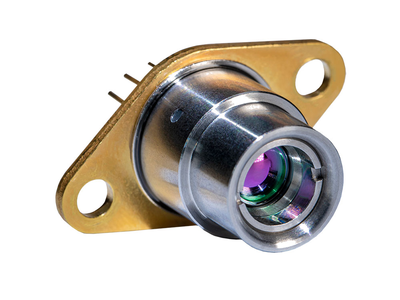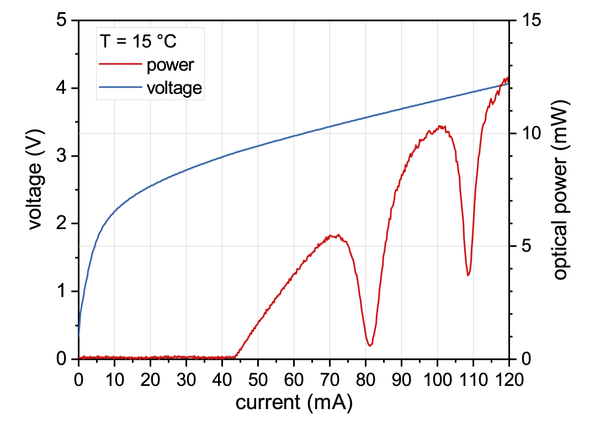

Select your target wavelength at any wavelength between 5300 nm and 5800 nm. The table below presents typical specifications, available mountings as well as application references & further reading.
|
parameters
|
symbol
|
unit
|
minimum
|
typical
|
maximum
|
|---|---|---|---|---|---|
|
parameters
operating wavelength (at Top, Iop) |
symbol
λop |
unit
nm |
minimum
|
typical
0.1 nm |
maximum
|
|
parameters
optical output power (at λop) |
symbol
Pop |
unit
mW |
minimum
|
typical
1 |
maximum
|
|
parameters
operating current |
symbol
Iop |
unit
mA |
minimum
|
typical
|
maximum
120 |
|
parameters
operating voltage |
symbol
Vop |
unit
V |
minimum
|
typical
5 |
maximum
|
|
parameters
threshold current |
symbol
Ith |
unit
mA |
minimum
30 |
typical
40 |
maximum
70 |
|
parameters
side mode suppression ratio |
symbol
SMSR |
unit
dB |
minimum
|
typical
> 35 |
maximum
|
|
parameters
current tuning coefficient |
symbol
CI |
unit
nm / mA |
minimum
|
typical
0.15 |
maximum
|
|
parameters
temperature tuning coefficient |
symbol
CT |
unit
nm / K |
minimum
|
typical
0.5 |
maximum
|
|
parameters
beam divergency slow/fast axis |
symbol
FWHM |
unit
° |
minimum
|
typical
45/65 |
maximum
|
|
parameters
operating chip temperature |
symbol
Top |
unit
°C |
minimum
+5 |
typical
+20 |
maximum
+50 |
|
parameters
operating case temperature (non-condensing) |
symbol
TC |
unit
°C |
minimum
-20 |
typical
+25 |
maximum
+45 |
|
parameters
storage temperature (non-condensing) |
symbol
TS |
unit
°C |
minimum
-30 |
typical
+20 |
maximum
+70 |





Carbon dioxide, nitric oxide, water vapour and most hydrocarbons, like methane, acetylene, formaldehyde and ethane have their strongest absorption features between 3000 nm and 6500 nm.
nanoplus distributed feedback lasers show outstanding spectral, tuning and electrical properties.

Typical spectrum of a nanoplus 5645 nm distributed feedback interband cascade laser

Typical mode hop free tuning of a nanoplus 5645 nm distributed feedback interband cascade laser

Typical power, current and voltage characteristics of a nanoplus 5645 nm distributed feedback interband cascade laser
nanoplus uses a unique and patented technology for DFB laser manufacturing. We apply a lateral metal grating along the ridge waveguide, which is independent of the material system. Read more about our patented distributed feedback technology.
